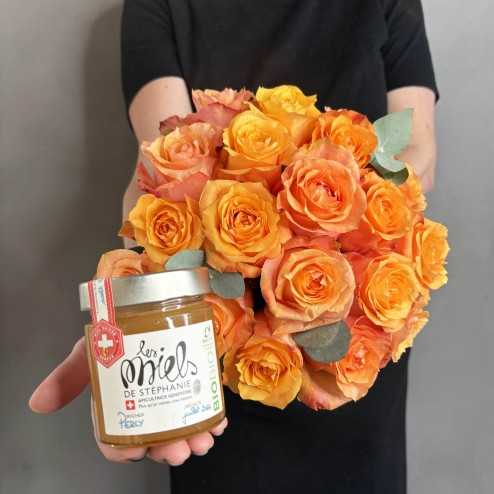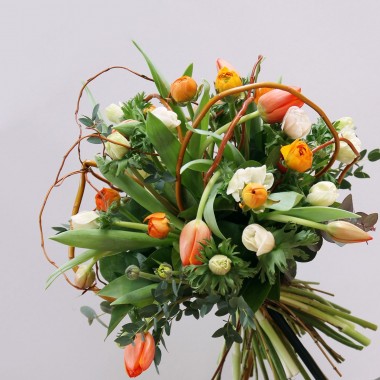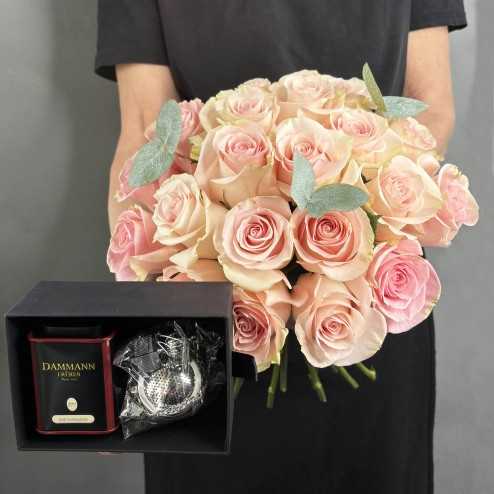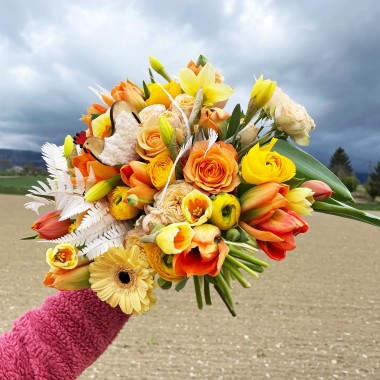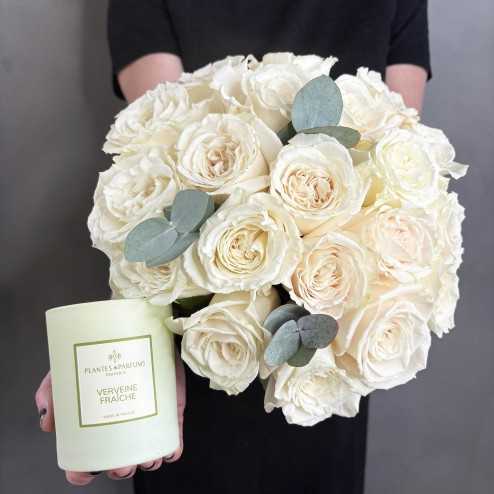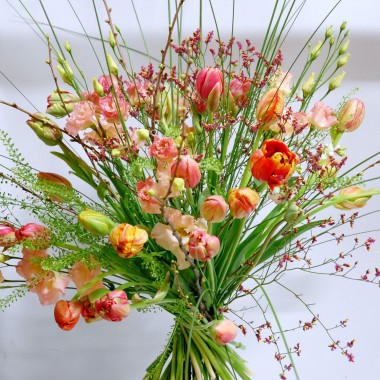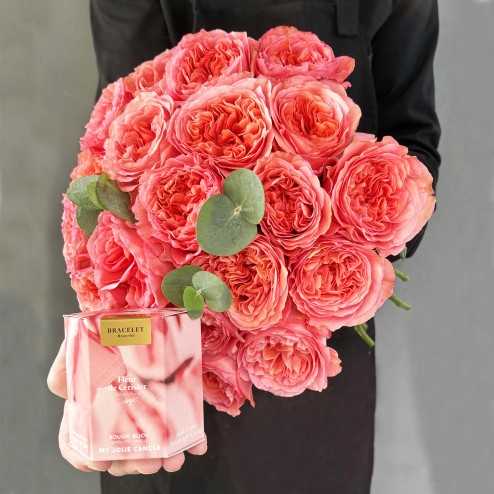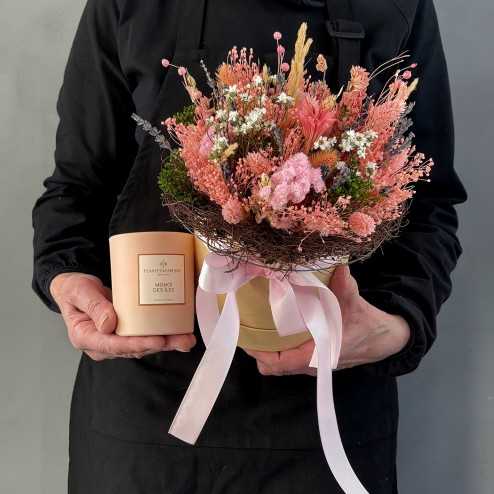Express delivery:
order before 3pm and have your order delivered by 9am the next day.
Our growers in Geneva supply us with GRTA-certified local flowers.
Our florists are at your service
+41 22 771 48 43
Order before 3pm ! Express delivery tomorrow before 9am anywhere in Switzerland.
Express delivery:
order before 3pm and have your order delivered by 9am the next day.
Our growers in Geneva supply us with GRTA-certified local flowers.
Our florists are at your service
+41 22 771 48 43
Order before 3pm ! Express delivery tomorrow before 9am throughout Switzerland.
MADE-TO-MEASURE
OUR CREATIVE FLORISTS CREATE YOUR
MADE-TO-MEASURE BOUQUETS AND ARRANGEMENTS
They answer your questions from our creative workshops in our boutiques.
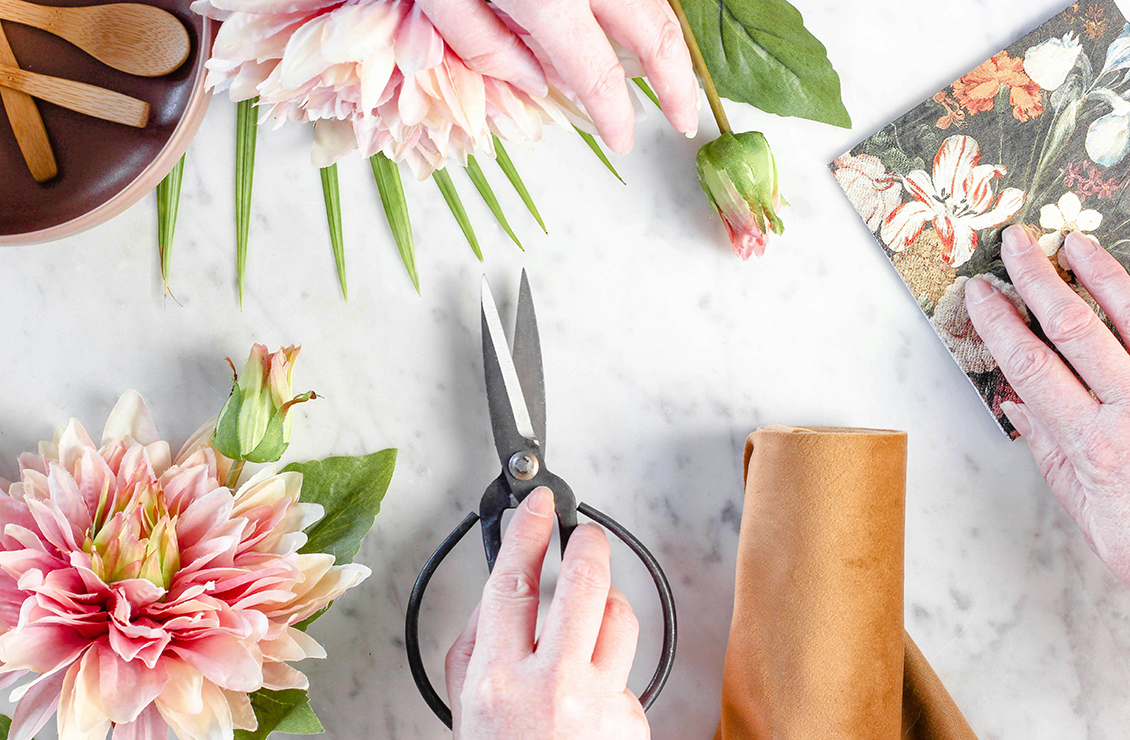
Bouvard Fleurs is aware of its impact on the environment and society, and we are developing towards a more sustainable and ethical world.



A newsletter you'll love reading
Access our expert advice, news and exclusive offers.
This website uses its own cookies and those of third parties to improve our services and show you advertisements linked to your preferences by analyzing your browsing habits. To give your consent to its use, press the Accept button.
| Cookie | Provider | Purpose | Expiry |
|---|---|---|---|
| PHP_SESSID | bouvard-fleurs.ch | The PHPSESSID cookie is native to PHP and allows websites to store serialised status data. On the website it is used to establish a user session and to pass state data through a temporary cookie, which is commonly known as a session cookie. These Cookies will only remain on your computer until you close your browser. | Session |
| PrestaShop-# | bouvard-fleurs.ch | This is a cookie used by Prestashop to store information and keep the user's session open. It stores information such as currency, language, customer ID, among other data necessary for the proper functioning of the shop. | 480 hours |
